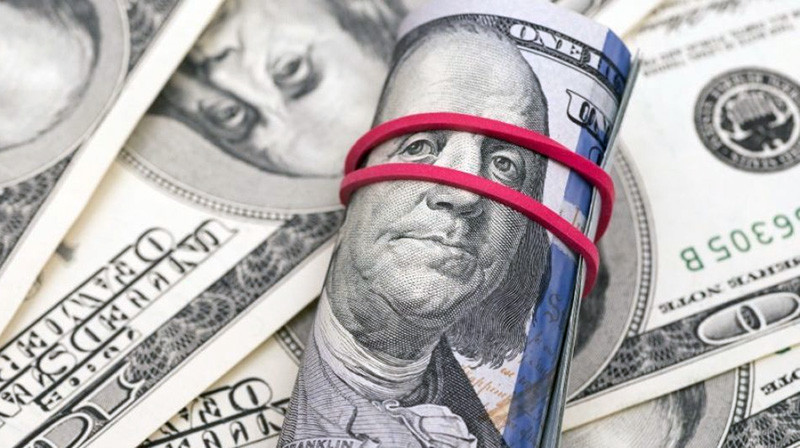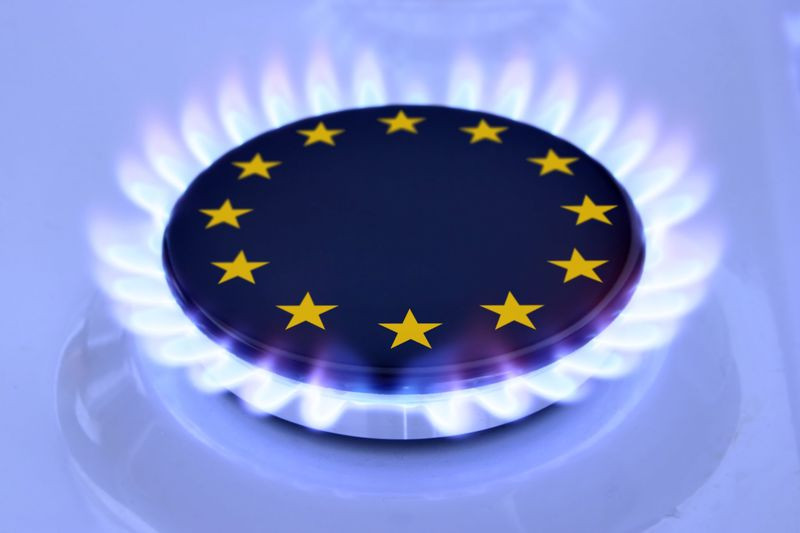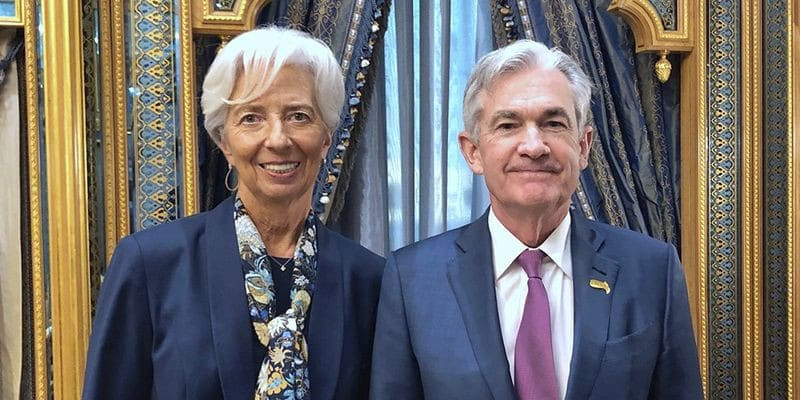
The major currency pair continues to trade erratically between a 20-year low reached on September 6 near 0.9870 and a nearly one-month high recorded a week ago near 1.0200.
Leading central banks prioritize price stability and indicate that they are willing to make great sacrifices to achieve this.
The Federal Reserve is still ahead of its peers in terms of tightening monetary policy.
Since March, the US central bank has raised interest rates by more than 200 basis points to counter sizzling inflation.
Meanwhile, the European Central Bank was one of the last major central banks to raise rates.
The ECB has argued for months that the current inflation is primarily triggered by a shock caused by high energy prices. Monetary policy is largely powerless against such shocks. However, then the rise in prices expanded and began to permeate all aspects of life, while strong consumer demand also stimulated prices. In addition, the depreciation of the euro has fueled this inflationary pressure.
As a result, the ECB was forced to react, but found itself in the role of catching up.
The single currency has already fallen to multi-year lows against the dollar amid a sharp tightening of monetary policy in the United States, which is pushing global investors to invest in US assets, the yield of which has risen along with the Fed's base rate hike.
The near-complete energy independence of the US and the relative strength of the national economy provide additional reasons for the greenback's appeal.
"We need to see how some of these factors change in order to start talking about the beginning of the weakening of the USD right now," JP Morgan Private Bank strategists said.
"We believe the dollar may continue to rise in the short term and that strength is likely to continue. Therefore, we continue to encourage our clients to hedge their non-dollar exposures," they added.
The unfavorable economic prospects of other regions also support the greenback. Thus, Europe is faced with an energy crisis.
Demand for the US dollar should remain elevated amid growing risks of a global recession, and as the FOMC continues to aggressively raise rates, Commonwealth Bank of Australia said, who predict that the greenback could renew multi-year peaks above 110.80.
Meanwhile, experts say the bleak economic outlook will keep procyclical currencies like the euro under pressure.

Economic growth in the eurozone is being held back by record inflation and continuing problems in supply chains, Bloomberg reports. It is assumed that in winter the situation will be aggravated by the need to normalize energy consumption due to interruptions in gas supplies from Russia.
Surveys of business representatives show that economic activity in Europe has been declining since July, and there are no signals of its possible improvement in the near future, Bloomberg adds.
The risk of recession in the eurozone has risen to its highest level since July 2020, the agency reports, citing economists surveyed. According to their estimates, the probability of a two-quarter decline in the region in the next twelve months is 80%.
Inflation in the eurozone in the last three months of 2022, according to the forecast, will peak at 9.6%, which is almost five times higher than the ECB target. By the target value of 2%, inflation will fall no earlier than 2024, analysts expect. Against this background, the ECB will raise the interest rate to a record 2% in February, they predict.
The ECB's actions may affect economic growth, but price stability is a top priority, ECB President Christine Lagarde said on Friday.
As inflation approaches double-digit territory, the ECB held two major rate hikes in July and September and promised even more action.
"We really think it will weaken demand, we are not going to pretend that it will be painless. Demand is now a source of inflationary pressure, six or nine months ago it was not the same as it is now," ECB chief economist Philip Lane said on Saturday.
"The ECB deposit rate at 0.75% is still too low as it continues to stimulate the economy, so the ECB's work is not yet complete. Higher interest rates will exacerbate the suffering of consumers and further reduce demand," he said.
Although Philip Lane said that rates may continue to rise at each remaining meeting this year and may also rise at the beginning of next year, the ECB is keeping an open mind about where to stop and intends to make a decision on rates meeting by meeting.
The exact number of further ECB interest rate hikes will depend on the upcoming macroeconomic data, ECB Vice President Luis de Guindos said on Monday.
"The ECB is now trying to fight inflation, which will have an impact on consumer spending and company investment, and further interest rate hikes will depend on economic data," he said.
"Inflation is the biggest pain for the population of Europe," Luis de Guindos added.
However, solving the issue of inflation may be much more difficult for the ECB than it seems at first glance.
If we use an estimate of core inflation, which is most affected by the central bank's policy, the central bank will need to raise rates to at least 4-5%. But such a level of interest rates could lead to another debt crisis in the eurozone, the level of public debt in which has reached almost 100% of GDP. At the same time, it is significantly higher in European countries such as Greece and Italy. The debt crisis will inevitably lead to a reduction in the region's GDP.
The eurozone money markets seem to be preparing for this scenario, as it expects that interest rates in the EU will peak at about 2.7% in mid-2023, and then the ECB will begin to cut rates.
Traders now estimate a more than 40% probability of ECB rate cuts by 25 bps by February 2024.
However, strategists at Danske Bank consider a one-time rate cut unlikely and say that this reflects the market assessment of a small probability of a multiple rate cut by 25 bps.

The movements in the eurozone money markets echo what is happening in the United States.
Fears that aggressive rate hikes will push the U.S. economy into recession have led traders to estimate a Fed rate cut of about 50 basis points next year after they peak above 4% in March.
Some experts are now wondering why the US central bank does not solve all the problems at once and sharply raise rates in the style of Paul Volcker. For example, up to 5.5-6%.
Unfortunately, the US monetary authorities can no longer afford such a luxury.
In this case, the cost of servicing the country's public debt will sharply increase. For comparison: at the time of Volcker, the annual debt was only $909 billion, and in 2022 it exceeded $30 trillion.
If we assume that the rate will still rise to 6%, the cost of servicing the national debt will become such an exorbitant burden for America that it will be easier for politicians to put up with inflation.
In addition, a sharp rise in the rate may provoke a wave of defaults and bankruptcies, as well as lead to a serious recession in the United States.
Therefore, it is hard to believe that the Fed will dare to raise the key rate even to 4-4.5% by the end of this year.
The focus of attention this week is the next FOMC meeting, the results of which will be announced on Wednesday.
Although the market expects another big Fed rate hike, there is huge uncertainty about the future rate hike, JPMorgan analysts say.
This uncertainty puts pressure on risky assets and supports the protective dollar.
Key Wall Street indicators are mostly trading in negative territory on Monday.
Most market participants believe that the US central bank will raise the discount rate by 75 basis points, but some investors expect it to increase by a whole percentage point.
"The prospect of a 100 basis point rate hike is unnerving Wall Street, as it will mean that the Fed is overreacting to inflation data rather than sticking to its action plan," CFRA Research strategists said.
"The market is still undecided whether the Fed will raise rates by 75 bps or 100 bps, but one thing is clear: the Fed's forecasts as of June for the key rate are definitely too low. The big question is where FOMC members expect rates to peak. A significant increase in forecasts will support the US dollar. Otherwise, the greenback will receive only a moderate benefit from the rate decision," Commerzbank strategists noted.
It is possible that the US central bank's rate hike by 75 basis points will cause a change in sentiment in the markets, as the chances of a tougher move by the central bank will begin to play back. At the same time, a change in long-term expectations regarding the Fed rate can have a greater impact on market sentiment.
Thus, raising the bar from which the federal funds rate will reach a plateau will continue to put pressure on US stocks and support the dollar.
With a lower expected base rate, the key Wall Street indices will take a course for recovery, and the multi-month greenback rally may turn around, which will lend a helping hand to the EUR/USD bulls.
So far, the bears are not thinking of releasing the main currency pair from their tenacious paws.
The nearest support for EUR/USD is the 0.9950 level. If this mark turns into resistance, the pair may first drop to 0.9900, and then retest the multi-year low reached on September 6 near 0.9870.
On the other hand, the 1.0000 level (100-day moving average) forms the initial resistance. To extend the rebound, the pair needs to gain a foothold above this level. In this case, the bulls' next target will be 1.0030 (50-day moving average) and 1.0070 (38.2% Fibonacci retracement level).





















